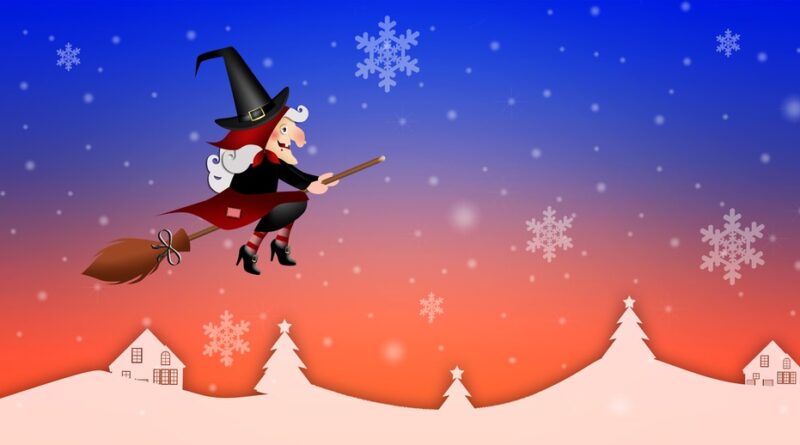Unveiling the Enchanting Italian Christmas Tradition

An Italian novel for children called “La Freccia Azzurra” (The Blue Arrow) suggests that all children around the world eagerly anticipate Christmas Eve to receive presents from Santa Clause; but Italian children have it best as they receive extra presents on January 6th by way of Befana (also known as Befana delle Feste).
Who is Befana?
She is an old woman dressed like a witch who rides on her broom to deliver gifts between January 5 and 6 nightly on her broomstick to children who have been good or naughty based on whether they had behaved appropriately; otherwise they will receive coal. This Italian tradition was very important until after World War Two when only Santa Clause brought gifts; befana had become part of Italian Christmas Tradition before this introduction took place.
Where did this mysterious character emerge from?
Tradition holds that on January 6, three Wise Men traveled from Bethlehem with gifts to present Jesus with royal recognition as King. That day was called Epiphany or manifestation and represented how humanity has recognized their creator God who created us all.
Befana derives its name from a misspelling of Italian epiphany-related word epifania, making the misspelling “Epifania”, creating the term “Befana”. According to Christian legend, an old woman sweeping her house when the Three Wise Men stopped by on their journey towards Bethlehem and asked if she wanted to come with them to find baby Jesus – she declined but soon regretted it when they asked again later about finding Him and began searching instead – not successfully finding him she decided instead delivering gifts while coals to those whom she could find instead! According to legend, according to Christian legend an old woman gave gifts while coal to those whom she found unfit while giving gifts; according to Christian legend an old woman was present during that encounter when three Wise Men knocked on her door on their journey and offered gifts while coal for those not worthy.
Back behind Christian legend lies an older tradition, which helps explain why this character is typically Italian. This practice dates back to Ancient Rome where gods named Strenua and Ianus played roles.
At the end of each year, Romans honored Strenia or Strenua as Goddess of Prosperity and New Year by exchanging gifts. Today in Italy and many dialects from Italian-speaking regions still exists a term “strenna”, which translates as Christmas gift exchanged among friends or relatives. According to this theory, Befana tradition represents how Christianity and Paganism fused to create something entirely new and lasting.
Ancient cultures held Solstice sacred, as the end of each year signified new hope and dreams through gift giving – the Befana stands as an icon representing this tradition: as she gives gifts from one year to another, older generations leaving room for younger ones, such as children.
On January 5th, children in Italy await an appearance of that mysterious and terrifying old woman, with whom they hope will provide them with candies, sweets and, if they have been good, possibly toys they really desire – otherwise nothing but coal will be returned to them!
